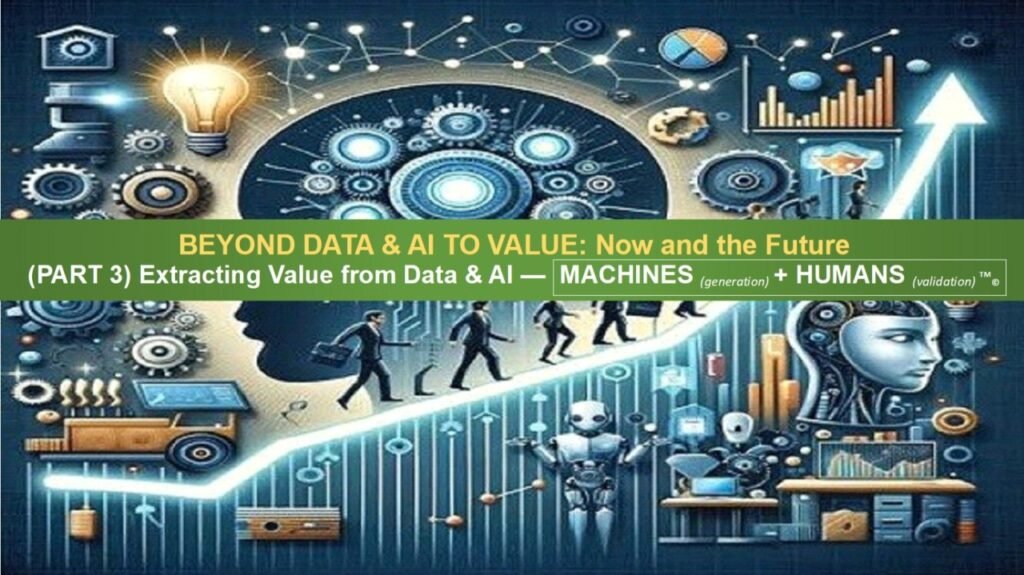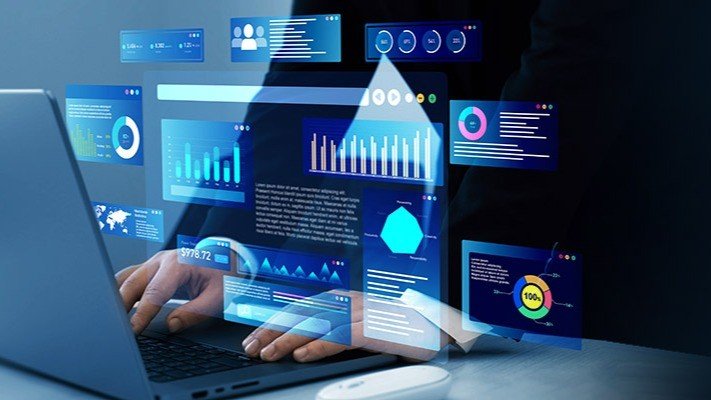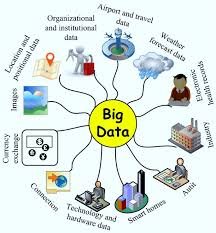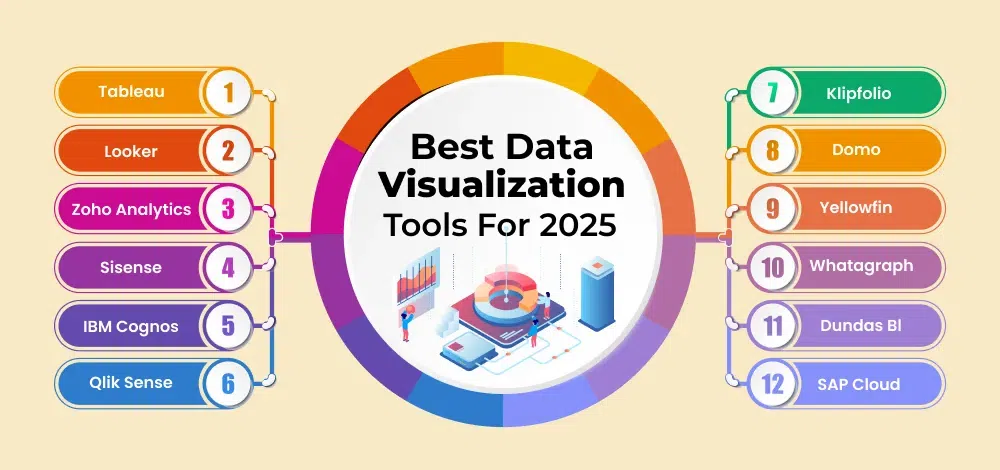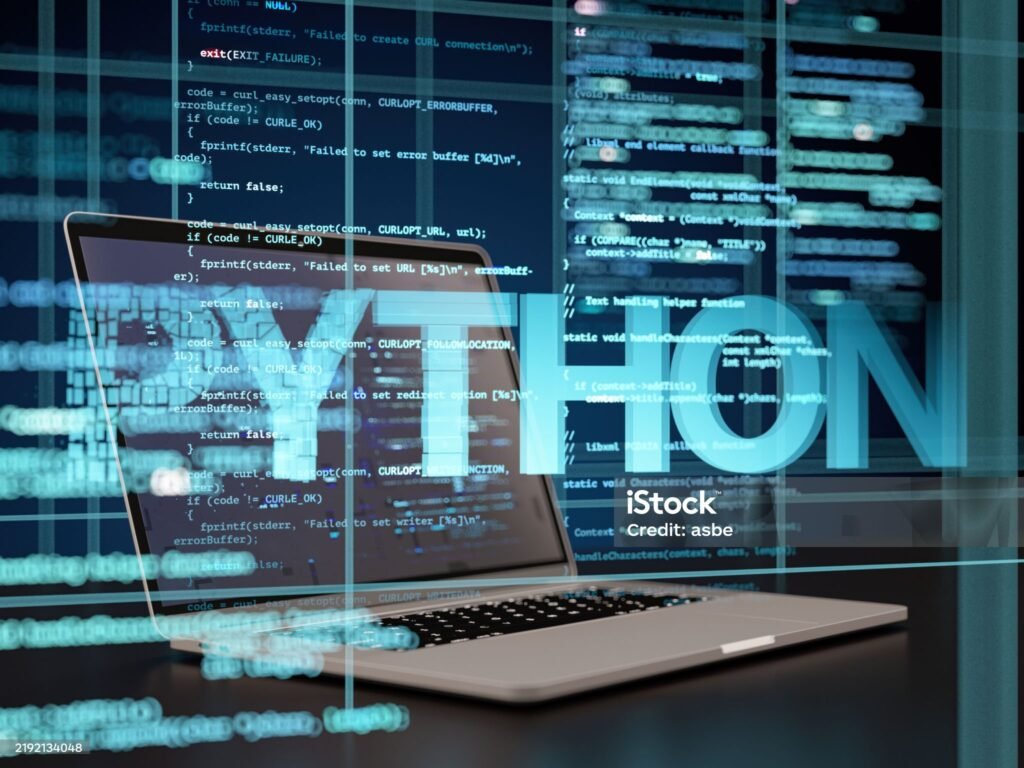In the world of data science, Python has become the most popular and powerful programming language — and for good reason. Its simplicity, flexibility, and vast ecosystem of libraries make it the go-to choice for data scientists around the globe. Whether you’re cleaning data, visualizing trends, or building machine learning models, Python’s libraries make every step of the data science workflow faster, easier, and more efficient. If you’re starting your journey in data science or looking to strengthen your skills, mastering the right Python libraries is essential. Here’s a beginner-friendly guide to the most important Python libraries every data scientist should know in 2025. 1. NumPy – The Foundation of Numerical Computing NumPy (Numerical Python) is the backbone of data science in Python. It provides support for multi-dimensional arrays and a wide range of mathematical functions to operate on them efficiently. NumPy arrays are faster and more memory-efficient than Python lists, which is why most other data science libraries (like Pandas and Scikit-learn) are built on top of NumPy. Why it’s essential: Example use case: Creating and manipulating large datasets for data analysis or feeding data into machine learning models. 2. Pandas – Data Analysis Made Easy When it comes to data manipulation and analysis, Pandas is a must-have. It introduces two powerful data structures — Series (1D) and DataFrame (2D) — which make it incredibly easy to handle structured data. With Pandas, you can clean, transform, filter, and summarize data in just a few lines of code. Why it’s essential: Example use case: Loading a CSV dataset, cleaning missing values, and performing exploratory data analysis (EDA) before machine learning. 3. Matplotlib – Visualizing Data Effectively A key part of data science is visualizing insights, and Matplotlib is one of the most widely used libraries for this purpose. It allows you to create a wide range of static, animated, and interactive plots — from simple line graphs to complex heatmaps. Why it’s essential: Example use case: Plotting trends, distributions, and relationships in data to make insights easy to understand. 4. Seaborn – Beautiful Statistical Visualizations While Matplotlib is powerful, it can sometimes feel complex for beginners. That’s where Seaborn comes in. Built on top of Matplotlib, Seaborn simplifies the process of creating attractive and informative statistical graphics. It’s ideal for visualizing patterns, correlations, and distributions. Why it’s essential: Example use case: Visualizing the relationship between different features in a dataset or displaying data distributions with box plots and histograms. 5. Scikit-learn – Machine Learning Made Simple If you want to build machine learning models, Scikit-learn is your best friend. It’s a comprehensive library that provides simple and efficient tools for data mining, analysis, and machine learning. It covers everything from classification and regression to clustering and model evaluation. Why it’s essential: Example use case: Building predictive models like spam detection, sales forecasting, or customer segmentation. 6. SciPy – Advanced Scientific Computing SciPy is built on top of NumPy and extends its capabilities to include more advanced scientific and technical computing. It’s widely used for numerical integration, optimization, signal processing, and linear algebra. Why it’s essential: Example use case: Solving differential equations, performing optimization tasks, or conducting scientific experiments with data. 7. TensorFlow and PyTorch – Deep Learning Powerhouses If your work involves deep learning or neural networks, TensorFlow and PyTorch are the two most popular libraries to learn. Both provide powerful tools to build, train, and deploy deep learning models. Why they’re essential: Example use case: Building image recognition systems, natural language processing models, or recommendation engines. 8. Statsmodels – For In-Depth Statistical Analysis While Scikit-learn focuses on machine learning, Statsmodels is designed for statistical modeling. It allows data scientists to perform statistical tests, regression analysis, and time-series forecasting. Why it’s essential: Example use case: Performing regression analysis, hypothesis testing, or building ARIMA models for time-series forecasting. Final Thoughts Mastering these Python libraries is like building a powerful toolkit — each library has a unique purpose, and together they cover the entire data science workflow: data collection, cleaning, visualization, modeling, and deployment. Whether you’re analyzing simple datasets or building advanced AI systems, these libraries will make your work faster, more efficient, and more impactful. If you’re just starting out, begin with NumPy, Pandas, Matplotlib, and Scikit-learn. As you grow, explore TensorFlow, PyTorch, and Statsmodels for advanced applications. The more you experiment with these tools, the more confident and capable you’ll become as a data scientist. In the rapidly evolving field of data science, Python and its libraries are your best allies — helping you transform raw data into powerful insights and innovative solutions.
